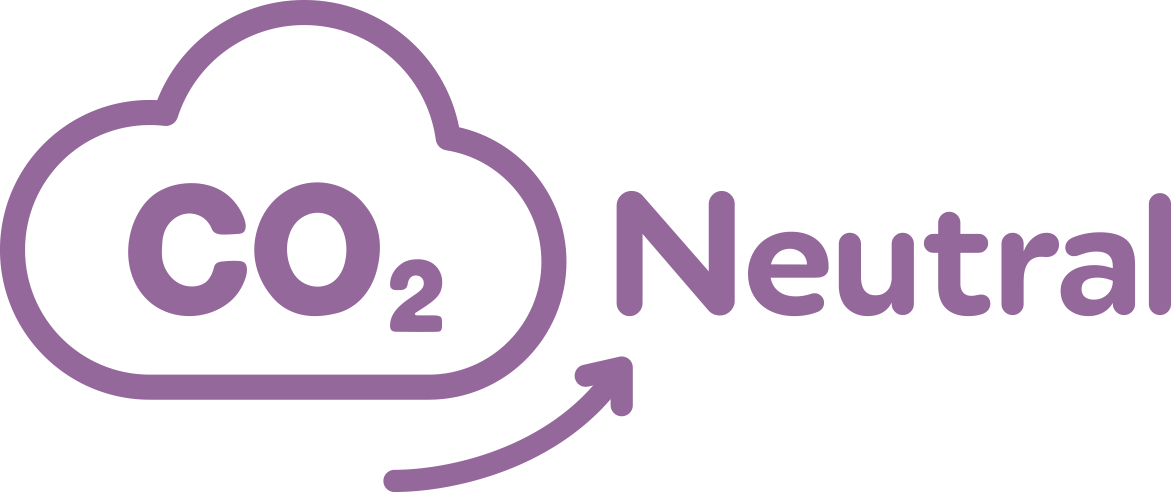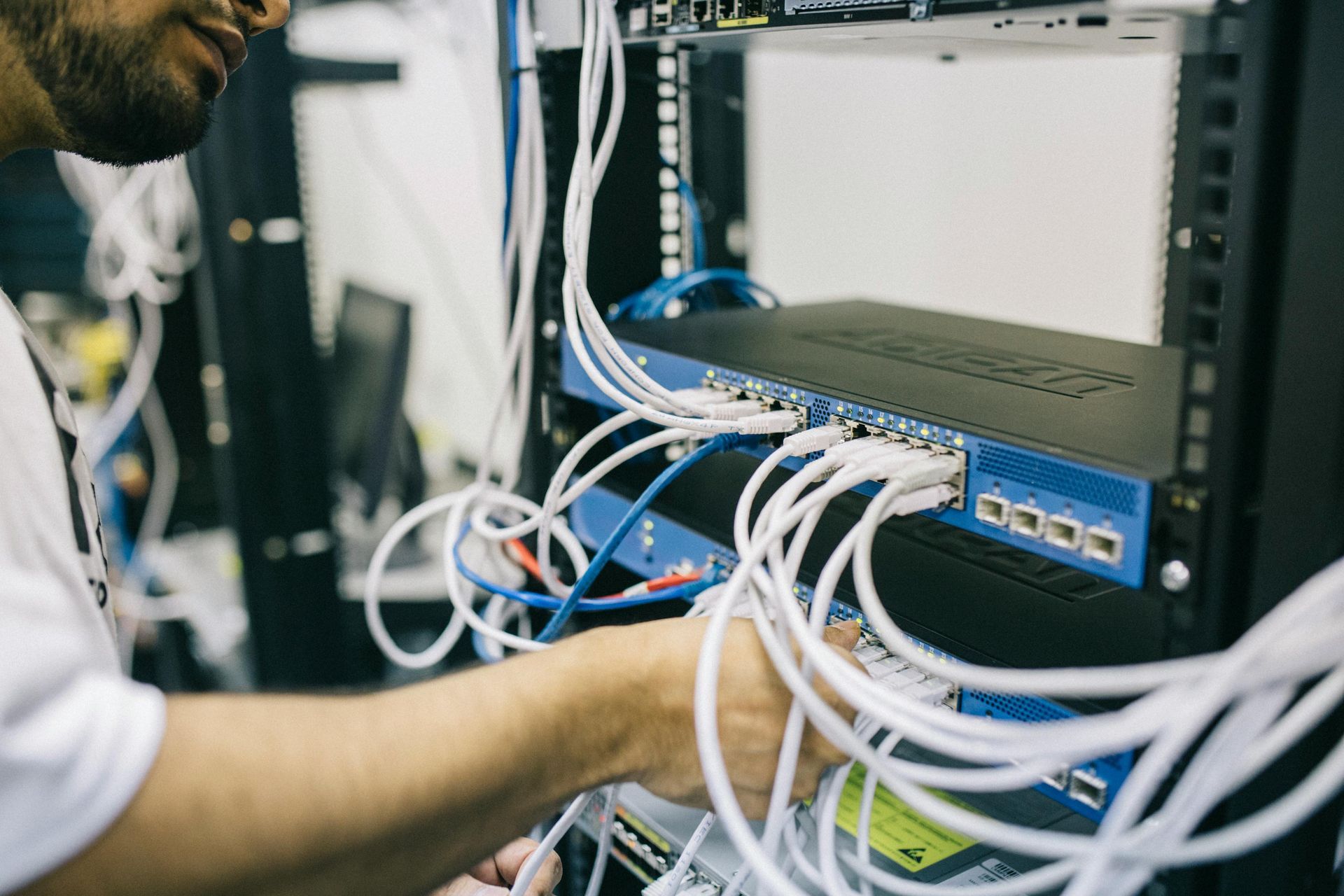New data centres will account for 20% of power growth
up until 2030. Predicts the UN Environment Programme
Introduction
In the digital age, data is often described as the new oil. Just like oil fueled the industrial revolution, data now powers the global economy. Every search, social media post, streamed video, or financial transaction depends on immense computational infrastructure — most of which is concentrated in data centers.
In recent years, new data centers have been sprouting across the globe at unprecedented speed, driven by the expansion of cloud computing, artificial intelligence, and digital services. But with this rapid growth comes a serious concern: energy consumption. Modern data centers consume vast amounts of electricity, often rivaling small cities. This demand is reshaping energy grids, straining sustainability goals, and forcing governments and companies to rethink how to balance digital growth with environmental responsibility.
This article explores how new data centers are using a lot of energy, why the demand is increasing, what it means for the environment, and how solutions might help curb the impact.
1. What Makes Data Centers So Energy Hungry?
A data center is essentially a warehouse filled with servers — specialized computers that store and process data. But servers are only part of the equation. Running a data center also requires networking equipment, backup systems, and, crucially, cooling systems to prevent overheating.
Key energy drains include:
- Servers: Modern servers run continuously, consuming anywhere from 500 watts to 2 kilowatts each. A large data center may contain tens of thousands of servers.
- Cooling: Servers generate enormous heat. Air conditioning, liquid cooling, and advanced climate control systems often consume 30–40% of total energy use.
- Networking and Storage: Routers, switches, and storage arrays must be always on, drawing steady power.
- Power Redundancy: Backup generators and uninterruptible power supplies (UPS) ensure uptime, but maintaining them also requires energy.
In total, the average hyperscale data center can consume 30 to 50 megawatts (MW) of power — enough to supply tens of thousands of homes.
2. Why New Data Centers Use Even More Energy
While energy use has always been a concern, new data centers are especially demanding for several reasons:
1. Explosion of AI Workloads
Artificial intelligence requires enormous computational resources. Training large language models, for example, can use as much electricity as hundreds of households consume in a year. New data centers are being designed with powerful GPUs and specialized chips, which are more energy-intensive than traditional CPUs.
2. Growing Demand for Cloud Services
From businesses migrating to the cloud to consumers streaming and gaming online, demand for always-available services is skyrocketing. This means new data centers must be larger and denser to handle workloads.
3. High-Density Racks
To save space, operators pack more servers into each rack. This creates “hot zones” that require advanced cooling, increasing energy use.
4. Edge and Regional Data Centers
Smaller, distributed data centers are being built closer to users to reduce latency. While individually smaller, their sheer number collectively adds to global energy demand.
5. 24/7 Uptime
Unlike many industries, data centers cannot scale down at night. They must operate continuously, drawing constant electricity.
3. The Scale of Energy Demand
Estimates suggest that data centers already account for around 1–2% of global electricity use, with projections rising as more facilities come online.
- Ireland: Data centers consumed 18% of the nation’s electricity in 2022, with warnings that this could rise to 30% by the end of the decade.
- United States: Home to about one-third of global data centers, where facilities in Virginia’s “Data Center Alley” alone consume over 2 gigawatts — equivalent to several nuclear reactors.
- Nordic Countries: Favored for their cold climates and cheap renewable power, but still grappling with rising demand that competes with local industry.
- Asia: Rapidly growing markets in China, India, and Southeast Asia are seeing huge builds, with governments encouraging digital infrastructure to support economic growth.
This concentration of energy demand raises questions about how power grids can keep up. In some regions, utilities are struggling to provide capacity, delaying new housing or industrial projects because data centers absorb so much electricity.
4. Environmental Impact
The energy use of data centers is not just a matter of electricity bills; it has broader environmental consequences.
Carbon Emissions
If powered by fossil fuels, data centers directly contribute to greenhouse gas emissions. Even facilities run on renewable electricity often rely on grid balancing that includes fossil power.
Water Use
Many cooling systems use evaporative cooling, consuming millions of liters of water annually. In water-stressed regions, this creates competition between data centers and local communities.
Land Use and Noise Pollution
Large data centers require significant land footprints and can impact local ecosystems. Backup generators also create noise and emissions.
E-Waste
Constant upgrades of servers and networking equipment generate vast amounts of electronic waste, much of which is difficult to recycle.
5. The Push for Efficiency
Despite their high consumption, new data centers are also at the forefront of energy efficiency innovation. Operators know that electricity is their largest operating cost, so reducing energy use is both an environmental and financial priority.
Power Usage Effectiveness (PUE)
The industry standard for efficiency, PUE compares total facility power to IT equipment power. The closer the ratio is to 1.0, the better. Modern hyperscale data centers often achieve PUE scores near 1.1, compared to older facilities that were around 2.0.
Advanced Cooling
- Liquid Cooling: Using water or dielectric fluids directly on components.
- Free Cooling: Using outside air in cold climates instead of mechanical cooling.
- Immersion Cooling: Servers submerged in special fluids that dissipate heat more effectively.
Renewable Energy
Big players like Google, Microsoft, and Amazon are investing heavily in solar, wind, and battery storage to power their facilities. Some even build private renewable farms dedicated to their operations.
AI for Efficiency
Ironically, AI is also being used to optimize cooling and workload distribution, reducing unnecessary energy waste.
6. Regional Challenges
Different regions face unique challenges when it comes to data center energy use:
- United States: Balancing growth in “data center hubs” with local infrastructure strain. Some states are imposing moratoriums on new builds until grid upgrades are completed.
- Europe: Stricter sustainability standards, with cities like Amsterdam temporarily halting new data centers due to environmental concerns.
- Asia: Rapid growth often outpaces regulatory frameworks, leading to inefficient builds that may lock in higher energy demand for years.
- Africa & Latin America: Emerging markets are building new centers, but grid reliability is often a concern, leading to heavy reliance on diesel generators.
7. Are Data Centers Worth the Energy?
Critics argue that the energy footprint of new data centers is unsustainable, but defenders note that they are essential to modern life. Cloud services can actually consolidate workloads more efficiently than millions of smaller corporate servers. Similarly, streaming video may consume energy, but it replaces physical distribution of DVDs or CDs, which also had carbon costs.
The real question is not whether data centers are needed — they clearly are — but whether the digital services we consume are worth the environmental price. Do we need autoplay videos on every website? Is every AI-driven personalization truly necessary? Society will increasingly grapple with how to balance convenience with sustainability.
8. Future Outlook
Looking ahead, the energy use of new data centers will remain a major global challenge. Key trends include:
- AI Acceleration: As AI adoption spreads, energy demand will rise unless efficiency improves dramatically.
- Green Standards: Governments may impose stricter efficiency and renewable energy requirements.
- Nuclear & Alternative Power: Some companies are exploring nuclear-powered data centers or small modular reactors.
- Carbon Accounting: More organizations will report the carbon footprint of their digital infrastructure, creating pressure for greener choices.
- User Awareness: Just as consumers now consider the carbon footprint of flights, they may soon expect digital platforms to disclose energy impacts.
Conclusion
New data centers represent both the promise and peril of the digital age. They power the apps, services, and AI tools that define modern life, but at a staggering energy cost. As more facilities come online, the strain on power grids and the environment grows ever more visible.
The challenge is not to stop building data centers, but to build them smarter. With renewable energy integration, innovative cooling, and efficiency-focused design, the industry has a chance to minimize its footprint. But technological solutions alone are not enough — society must also question the necessity of energy-hungry digital habits.
Data may be the new oil, but unlike oil, it has the potential to be managed sustainably. Whether new data centers become part of the problem or part of the solution will depend on the choices we make today.





